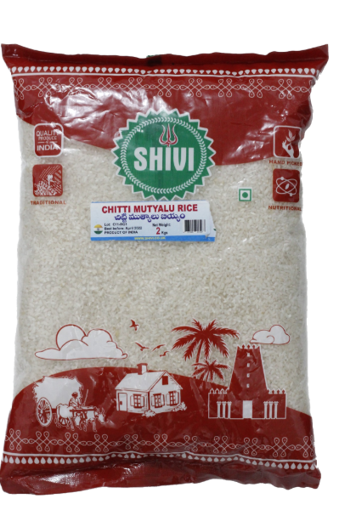

Jeerakasala rice and jeera samba rice free#
It has got more fiber and anti-oxidant which helps to remove free radicals from colon and intestine. 00 (199. 1) Helps in fighting many diseases Jeeraga samba rice contains selenium which helps to prevent the cancer of colon and intestine. Next, add the vegetables and green chilli, along with a pinch of salt, and.

In a pressure cooker, add ghee, spices, ginger garlic paste and sauté. It is a short grain, white, aromatic, sticky rice having a sweet buttery flavor…. Double Horse Jeerakasala Rice1kg Export Quality Biriyani Rice Gee Rice Jeera Samba Rice 261 199.00 199. Soak seeraga samba rice in water for 15 minutes. It is a small grain white rice popular throughout South India.Ī:Gobindobhog is a rice cultivated from West Bengal. It is a very popular dish in the Indian subcontinent and most commonly used as an everyday rice dish. This is a scented variety of rice grown mostly by the members of the tribal communities of in Panamaram, Sultan Bathery, and Mananthavady areas in Wayanad. Jeerakasala rice also known as kaima rice is widely used in Malabar region to make ghee rice and biryani.Īlso known as Ghee Rice, Jeera Ka Sala Rice is popular in the Malabar region of India and often used to make the famous Ghee Rice or Biryani. Jeera bhaat is an Indian dish consisting of rice and cumin seeds. Gandhakasala rice is a variety of rice cultivated by the farmers in Wayanad District in Kerala. Ney choru is a traditional Kerala rice dish made with kaima rice (jeerakasala rice), whole spices, ghee, nuts, raisins and onions. Gobindobhog is an aromatic rice cultivated in West BengalĪbout nei choru. Gobindobhog (Bengali: গোবিন্দভোগ ) is a rice cultivated mostly in West Bengal in India….Gobindobhog. Location Near Me All India Ernakulam Jeerakashala Rice 79/ Kg Get Latest Price Color: White Broken: 5 max Moisture: 14 max Sortex: 100 Length: 4. What is Gobindobhog Rice called in English? And yet its easier to find Basmati rice in these supermarkets. The rice takes its name from Jeera (Seeragam in Tamil), because the small (much smaller than other rice varieties) ovular grains share an uncanny resemblance to jeera, while Samba refers to the season (typically August to January) when this rice is grown.


 0 kommentar(er)
0 kommentar(er)
